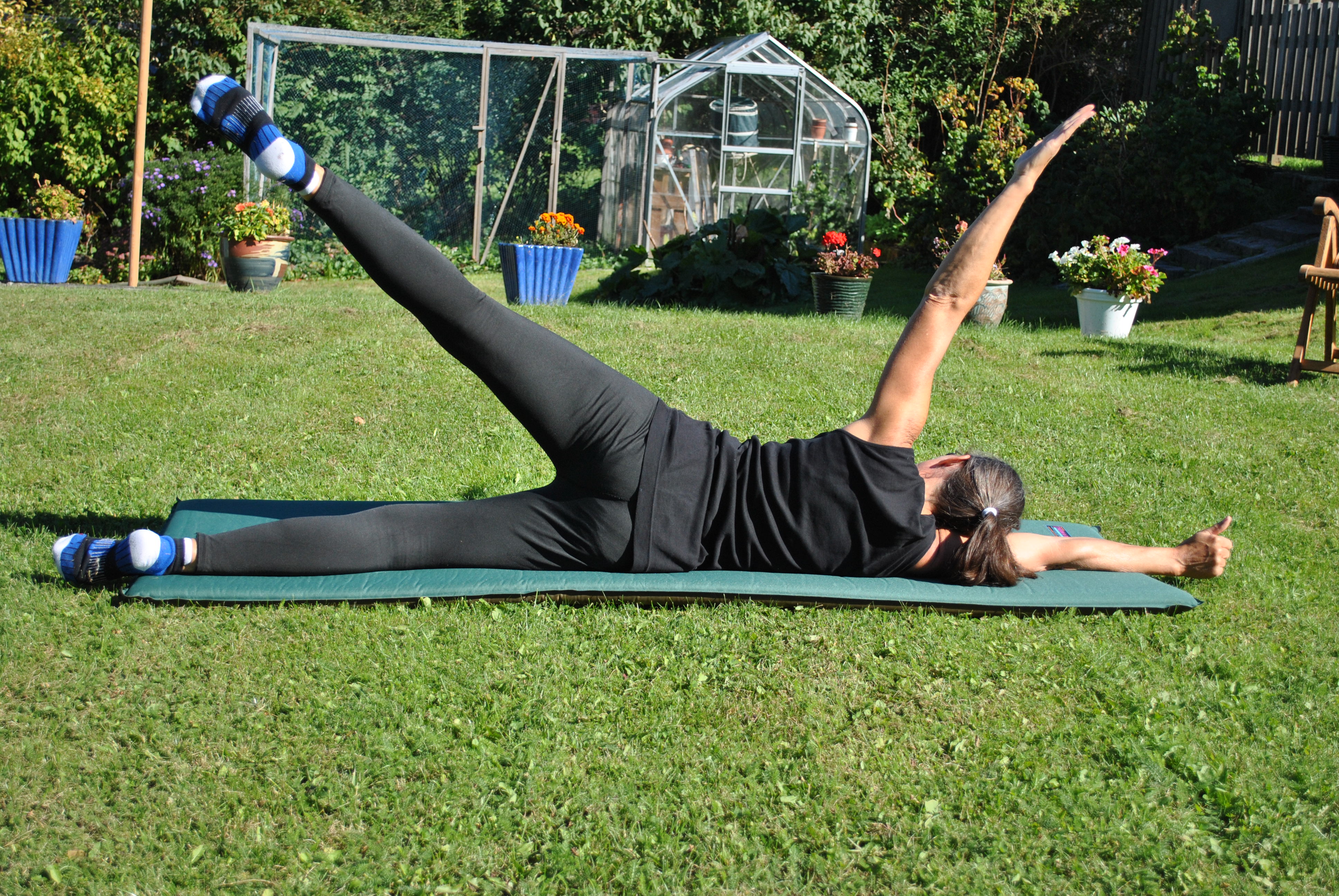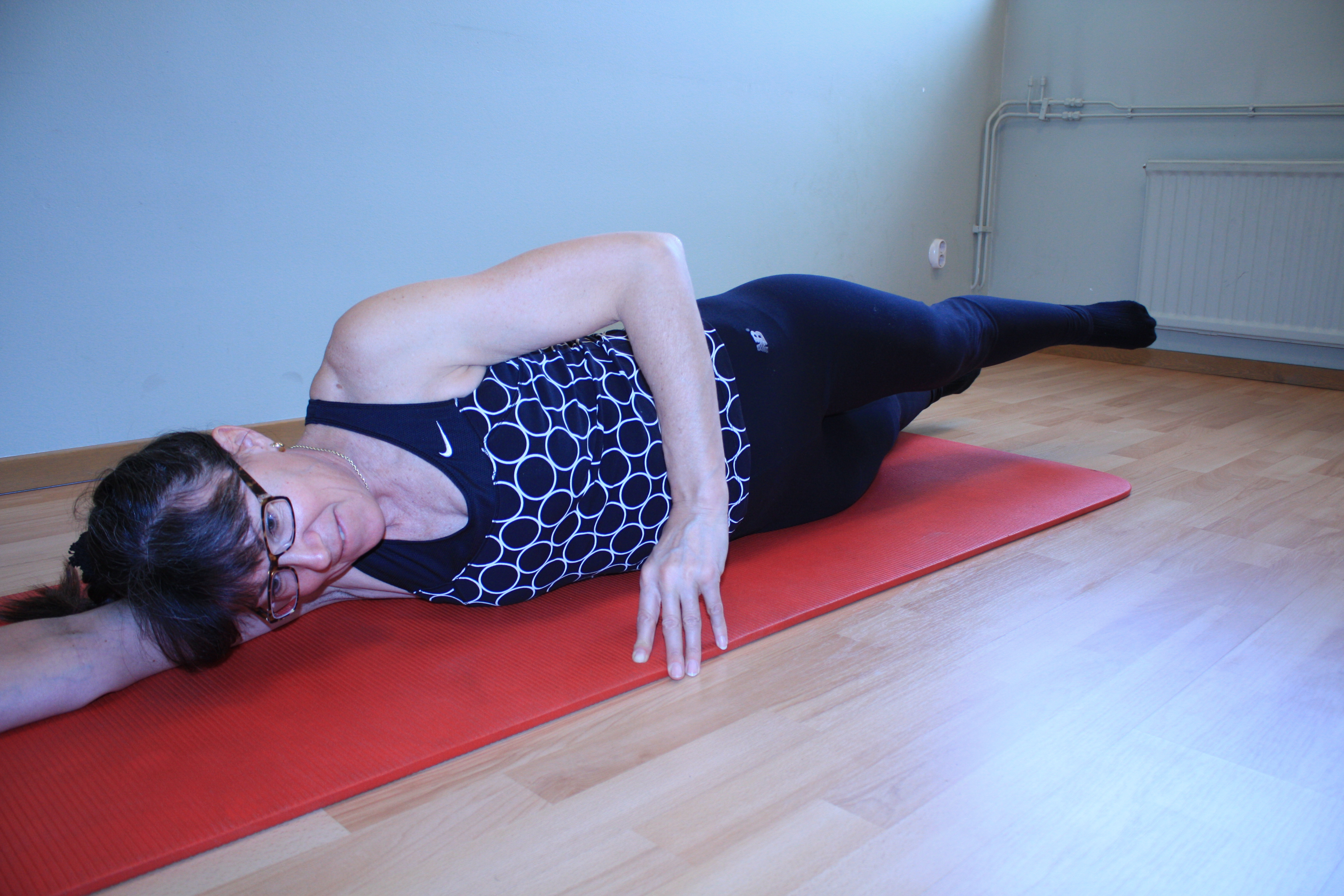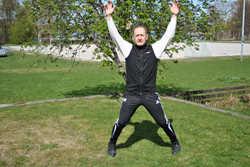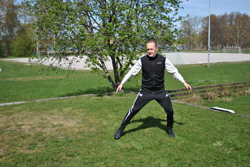CORE stability and hip stabilizer training are crucial in maintaining a healthy hip joint. When the hip joint loses optimal function, particularly extension, the low back is excessively loaded. The CORE stability exercises for the low back are many and varied. There are a selection of exercises posted which should be done prior to the hip training. These core muscles should be engaged throughout the hip training. Choose the difficulty level is suitable but does not strain the low back.
http://kirotaby.com/rehab-ovningar/landryggs-stabilitets-ovningar-steg-1/
http://kirotaby.com/rehab-ovningar/landryggs-stabilitetstraning-steg-2/
http://kirotaby.com/rehab-ovningar/landryggs-stabilitets-ovningar-medelsvara/
http://kirotaby.com/rehab-ovningar/cylinderovningar/
http://kirotaby.com/rehab-ovningar/enklare-stabilitetstraning-pa-pilatesboll/
The hip stabilization exercises will be highlighted in the following section as well as home traction techniques.
Taction: Long axis traction with 30 degrees flexion, 30 degrees abduction and slight external rotation is used to separate the joint and allieviate pain. This should be done regularly in managing the cranky hip. Have someone at home help you. Lie on the bed, the leg is lifted and held by the ankle so the foot is slightly pointing outwards. Using their body weight, they can gently pull lean back pulling on the hip. Hold for 30 seconds or longer if comfotable. It is important to let go easily and not quickly.
You can traction yourself: Start by lying on your back, put the heel of the foot (painful hip side) between the first and second toe of the other foot, pull back with the cranky hip leg.
Hip extension stretches and strengthening exercises are important in keeping the hip mobile and pain free.
Stretches






Hip self-mobilising och dynamic exercises
Hip strengthening exercises:






Hip stabilization exercises:



Hip strengthening:











